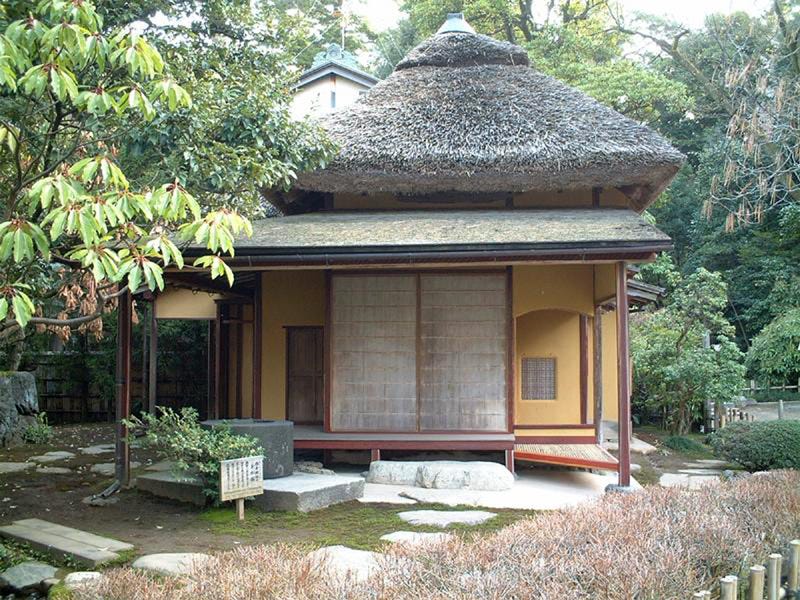- Read the Room
- Posts
- Process, Not Perfection
Process, Not Perfection
What antique fanatics can teach us about criticism and change

Image: writer’s own
I love a second-hand bargain. It’s not just the thrill of negotiation, the feeling of having ‘saved’ (although I’ve spent more than had I not bought in the first place), but the relaxed attitude I adopt towards the item.
It’s already lived one life, and it likely shows some scars and life lines as a result. If I add a few more, what does it matter? There’s none of the pain of the “first scratch”.
Antique lovers live for those scars and life lines, filling their homes with items that have rich stories to tell.
Antique shop owner Anna Hillegass explains “I love older things that people have used and cherished, they have personality, character and soul”.
Yet in many instances, we buy into the cult of ‘new’, wanting the new thing we’ve acquired or created to remain perfect, unchanged, just as it was first conceived.
The equivalent of the first scratch for the things we create, rather than the things we own? Criticism. And here it’s not just the first scratch that cuts deep, it’s all of them.
What do we want for our creations?
If our work remains perfect, intact, uncriticised in years to come, what will be true of it? Certainly, it will be untouched. As soon as anyone puts anything out in the world, it’s either ignored entirely, or covered in scratches and sticky fingerprints.
And so we have a choice. We can keep our work to ourselves, hide it under a bushel and hope no one notices it enough to form an opinion of it, or we can put it out there and embrace the scratches and the fingerprint smudges.
Whether we’re submitting a document to our colleagues or submitting a piece of fine art to a museum, people will love it, hate it, interpret it differently, gossip about it, find it museum-worthy, find it dustbin-worthy and everything in-between.
At least we hope they will. If they won’t so much as glance at it, was it even worth creating in the first place?
The thing is, once we embrace the fact that whatever we create will be critiqued and changed in some way, we embrace our creation’s future lives and stop worrying about that “first scratch”.
Get my weekly 2-minute read on personal development in your inbox here. As a thank you, there’s a Dad joke at the end of this article.
Embrace Wabi-Sabi
The Japanese were ahead of the game on this one with their ancient concept of “wabi-sabi”. Loosely translated as the appreciation of beauty that is “imperfect, impermanent and incomplete”, the concept encourages us to embrace the natural wear-and-tear that happens to our creations when we put them out in the world.
Let’s contrast the poetry of wabi-sabi with the less glamorous reality of collaborative document editing: many of us are now putting our creations out there before the ink is dry, and seeing it critiqued and changed in real time. It can be infuriating — like the “first scratch” happening just as you remove the protective wrap.
But, if we embrace the principles of wabi-sabi, the work we initially put out there is meant to be changed, to be reshaped and to weather a storm. The work is not the initial creation, it’s the ever-changing, living process of tearing it down and rebuilding stronger.
After all, the alternative is that no one engages and we question whether it was worth dedicating time and effort to crafting our own piece of perfection in the first place.
Focus on the process
When we invite someone to view our work, if we dig deep we may admit to ourselves that we’re seeking validation not criticism. We all know that questions like “what do you think?” or “how do I look?” often have a hidden agenda and only one ‘right answer’.
Wabi-sabi encourages us to focus on the journey the creation has been on, rather than the creation itself.

Image source: Wikipedia
When I look at this picture of Japanese architecture in the wabi-sabi style, I wonder whether the thatched roof was always a little off-centre or whether it somehow shifted over time as parts of the building were replaced. Either way, I need to suppress a perfectionist urge to shunt it a little to the left and call someone to repair the thatch.
Imagine if the architect had been aiming for perfect symmetry! It would take a lot of self-control to appreciate the building in its current state and the process that took it there.
And maybe that’s exactly what we need to do, whatever we’re creating. Focus on process, not perfect. The only thing we can be sure of is that if we’re lucky enough that people engage with our work, they will form opinions, hate some parts, love others and want to adapt it to their own style.
Author Jessica Zwan recently wrote about the pain operations leads feel when every excel they create is broken by “beloved colleagues” who merrily type new data into the wrong cells each week, destroying your beautiful formulae.
She advises: “Because there is no finished product to truly garner satisfaction from, we must find it in the fixing, the chaos, the change.” If there’s an excel version of wabi-sabi, surely this is it.
One person’s antique treasure is another’s old junk.
Once we accept that, our jobs as creators become a lot easier and more freeing. The job is not to create a perfect thing everyone accepts, but to put a starting point out in the world for people to engage with, tear down, critique and rebuild to their heart’s content. And if we’ve managed that, we’ve succeeded.
Get my weekly 2-minute read on personal development in your inbox here. As promised, here’s a Dad joke.
Did you hear about the new squirrel diet?
It’s just nuts! 🥜
Reply